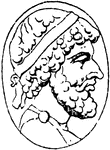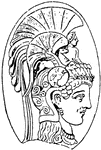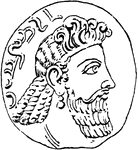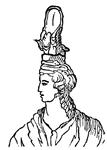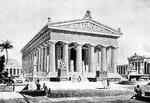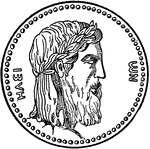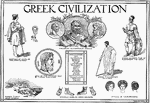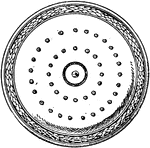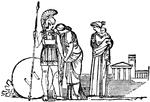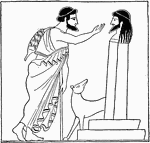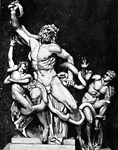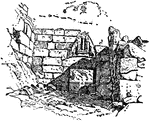The Ancient Greece ClipArt gallery offers 362 illustration of Greek history, events, and scenes of everyday life. For related images, please see Greek Mythology, Greek Architecture, Greek Ornament, Greek Coins, Greek Vases, and the Ancient Greek Musical Instruments ClipArt galleries.

Gladiators
This illustration shows various types of gladiators, each type with with his specific weapons attributed…

An Athenian Gravestone
"A relief on the tomb of a certain Hegeso. It represents a woman, seated, taking a jewel from a casket…

Greaves and shield
"Represents the interior view of a bronze shield and a pair of greaves. These greaves are made right…

Ancient Grecian Female with Double Flute
Grecian female with double flute dressed for funeral procession.
Greek Soldiers in Arms
"From a Greek vase of about the time of the battle of Marathon."—Webster, 1913

Greek War-Ship with Three Rows of Oars
Illustration of a Greek war-ship from the 5th century BC. There are two masts, a large decorative bird…
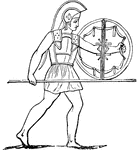
Greek with shield
"In the Homeric times, the Greeks used a belt for the sword, and another for the shield. These passed…

Griffin
In heraldry, the griffin is a fabulous animal, with the head and forefeet of an eagle, and the body,…

Gubernaculum
"A rudder. Before the invention of the rudder, which Pliny ascribes to Tiphys, the pilot of the ship…

Platted hair
"The mode of platting the hair, and then fastening it with a pin on a needle, is shown in the annexed…
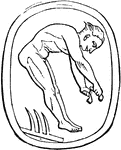
Halteres
"Halteres were certain masses of stone or metal, which were used in the gymnastic exercises of the Greeks…

Crested helmets
""The crested Achilles was pressing on in his chariot." Some idea of the ancient crests may be formed…

Herculaneum
"In the following we have back and front views of the heads of statues from Herculaneum, on which we…

Hymen
"Hymen had been called to bless with his presence the nuptials of Orpheus with Eurydice; but though…

Isocrates
"Isocrates was the son of a prosperous flute-maker; he was born at Athens B.C. 436, and lived till 338.…
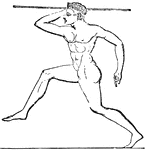
Hurling the javelin
"The Olympic games were of greater efficacy than the Amphictyonic Council in promoting the spirit of…
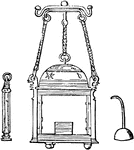
Laterna
"In later Greek, a lantern. Two bronze lanterns, constructed with nicety and skill, have been found…

Lectica
"Lectica was a kind of couch or litter, in which persons, in a lying position, were carried from one…
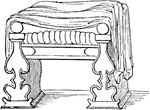
Lectisternium
"Sacrifices being of the nature of feasts, the Greeks and Romans, on occasion of extraordinary solemnities,…

Liber
"The most common material on which books were written by the Greeks and Romans, was the thin coats or…
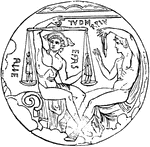
Libra
"A balance, a pair of scales. The principal parts of this instrument were: 1. The beam. 2. The two scales,…
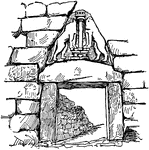
Lion Gate at Mycenæ
The main entrance through the circuit wall was made grand by the best known feature of Mycenae, the…

Litmus
"This instrument was long, and curved at the end. From the similarity of form the original staff received…

Lituus
"Probably an Etruscan word signifying crooked. 1. The crooked staff borne by the augurs, with which…
